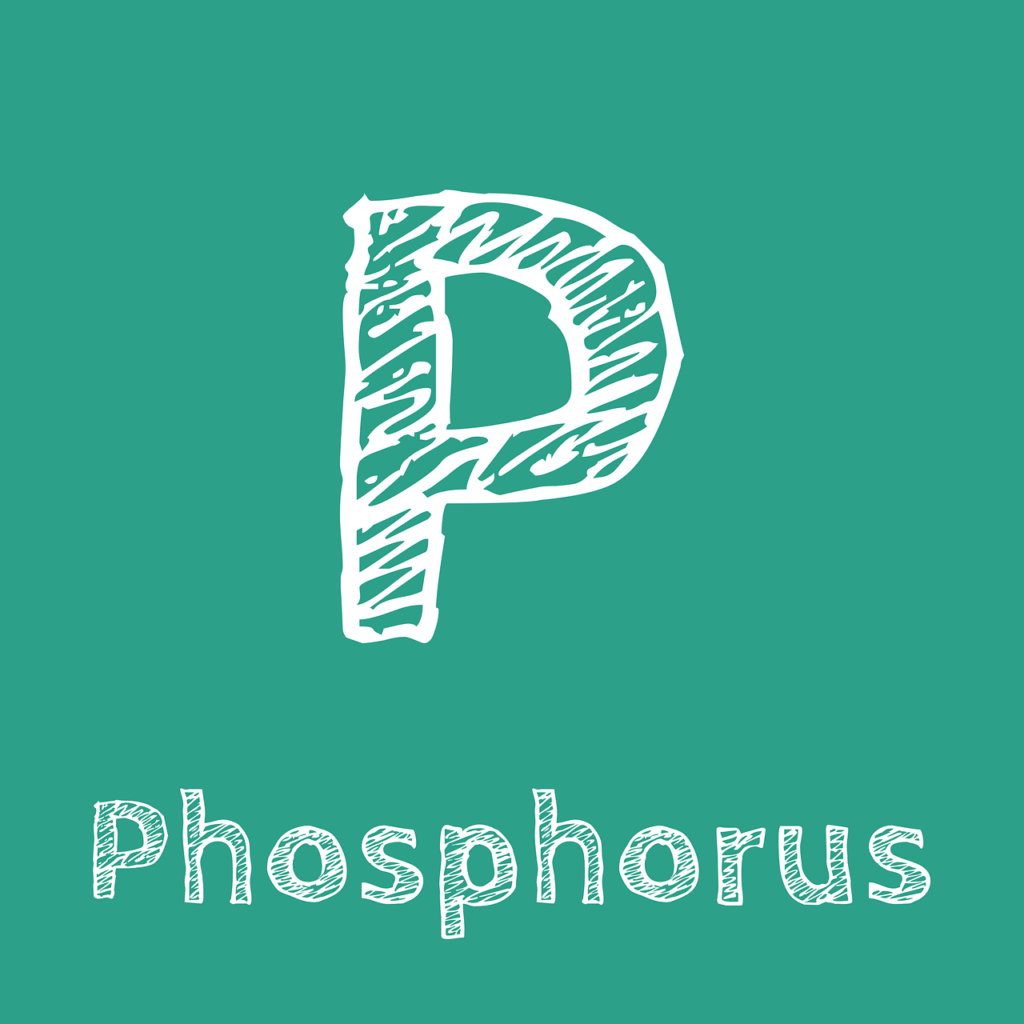The Truth About Phosphorus in Pet Food: What You Need to Know
Phosphorus is one of the most critical minerals in a pet’s diet, essential for nearly every metabolic function at the cellular level. However, misinformation and fear-based dietary restrictions have led to confusion—particularly in cases of kidney disease. Understanding phosphorus’s role, how it interacts with calcium, and the differences between natural and synthetic supplementation can help pet owners make informed decisions. This article will clarify these topics and highlight how Solutions Pet Products prioritizes ethical, science-backed nutrition.
Calcium-to-Phosphorus (Ca:P) Ratios in Pet Food
Maintaining the proper balance between calcium and phosphorus is crucial for bone health, metabolic function, and overall well-being.- Solutions Pet Products’ Ca:P Ratios:
- Canine diets: 1.1:1 – 1.6:1
- Feline diets: 1.1:1 – 1.5:1 (1.25:1 = most common result)
- Regulatory Guidelines:
- Dog food regulations require a Ca:P ratio between 1:1 and 2:1.
- There are no regulations for the Ca:P ratio in any brand of cat food, meaning ethical manufacturers like Solutions Pet Products must independently ensure proper formulation.
The Essential Role of Phosphorus in the Body
Phosphorus plays a role in virtually every metabolic function, including:- Bone and teeth formation
- DNA and RNA synthesis
- Energy production (ATP)
- Cellular repair
- Acid-base balance
Phosphorus, Kidney Disease, and Infection
Not all pets with kidney issues will have elevated phosphorus levels. More commonly, phosphorus elevation is a secondary response to bacterial infections—particularly those affecting the kidneys and urinary tract. One of the most common causes of phosphorus elevation is struvite-crystal-producing bacteria, including:- Staphylococcus spp.
- Proteus spp.
- Klebsiella spp.
- Ureaplasma spp.
The Risks of Low-Phosphorus Diets
Low-phosphorus diets often:- Excessively restrict phosphorus, leading to deficiency.
- Overcompensate with calcium, which can disrupt the balance needed for proper mineral absorption.
- Fail to tailor nutrition to individual needs, as some pets have only slightly elevated phosphorus levels while others have dangerously high levels.
Natural vs. Synthetic Calcium and Phosphorus Supplementation
Most commercial and prescription pet foods rely on synthetic, isolated mineral supplements, which can create absorption imbalances:- Synthetic calcium absorption rate: 10-30%
- Synthetic phosphorus absorption rate: 70-100%
Solutions Pet Products: A Smarter Approach to Phosphorus and Kidney Health
Solutions Pet Products provides biologically appropriate nutrition with natural mineral sources, ensuring proper balance and absorption. If you are concerned about kidney health, consider the Solutions Restorative Urinary & Heart Diet protocol, which includes:- Solutions raw goat milk products – a natural source of bioavailable calcium.
- Solutions DOGh soft cheese – an easy-to-feed calcium supplement with cranberries and dandelion root for urinary tract support.
- Solutions Goldenseal tincture – a natural alternative to antibiotics for addressing antibiotic-resistant struvite-crystal-producing bacteria.
Conclusion
Phosphorus is essential for your pet’s health, and its regulation must be based on scientific understanding, not fear-based restrictions. Rather than restricting phosphorus indiscriminately, pet owners should:- Identify the root cause of kidney or urinary issues (e.g., infection vs. metabolic dysfunction).
- Use whole food sources of minerals for better absorption and safety.
- Support urinary and kidney health naturally with targeted nutrition and botanicals.
